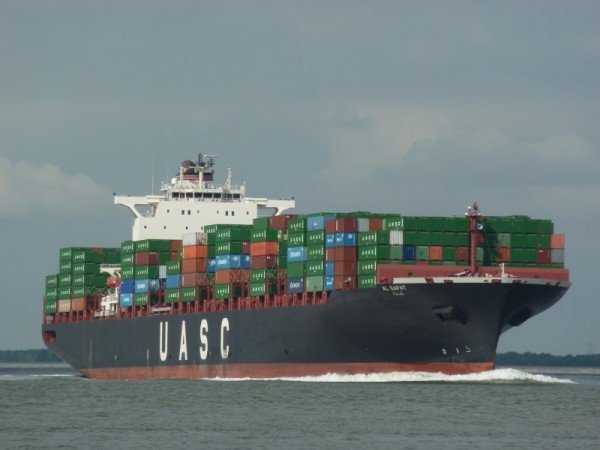ContainersMaritime CEO
Maritime CEO 400: Scalability vital to liner fortunes

Singapore: With Maritime CEO passing the 400-interview mark we are taking time this week to assess what shipowners are saying about the markets. Every day we interview a top name in shipping, with shipowners forming the central readership and interview targets of this title.
Today, we take a look at the container segment, something that is still coming to terms with Maersk and MSC’s vessel sharing agreement called 2M, something that will likely change other alliances, SeaIntel’s Lars Jensen said in the latest issue of our magazine.
For Soren Skou, the ceo of Denmark’s Maersk Line, he reckoned further consolidation in the liner trades is still needed.
It was Maersk that kicked off the rush to order the latest swathe of giant boxships. Since then others have ordered larger ships still.
United Arab Shipping Corporation (UASC), for one, is a firm believer in the importance of size, ordering billions of dollars of 18,000 teu ships recently in Korea. A knock-on effect of both 2M and the need to fill these ships has seen UASC linked with firming alliances with China Shipping and CMA CGM, as intimated by SeaIntel’s Jensen in our magazine.
“We can ensure that our slots are filled by having joint container pools, joint terminal contracts and container interchange arrangements,” UASC’s president and CEO Jorn Hinge told us last month.
“Alliances make good sense in liner shipping. They allow lines to adjust capacity more easily to fluctuating market demand,” Hinge added.
Seaspan’s Gerry Wang is a believer in liner consolidation too.
“It is all about per teu costs. It is all about survival, arriving at the lowest teu costs,” he said. “If you can partner with someone to reduce your costs then go ahead.”
“The industry is going towards a more systematic approach to business,” he said when interviewed in May. “Container shipping is not like dry bulk or tankers, it is more like the airlines,” he said, noting how airlines cope with capacity much better and how they work better through alliances.
“Lines need to work together and learn their lesson from the past,” he says, adding: “They need to become more united to make better economic returns. This industry cannot survive if they continue to lose like money like they have.”
Seaspan’s fleet now numbers 87 ships with a total capacity of 606,300 teu. The largest ships on its books at the moment at 14,000 teu, and Wang acknowledged even larger ships are a necessity, an “unstoppable trend”.
“You have no choice,” he said. “You have to get them as they give you economical means. Whoever has the economical means wins the battle.”
Michael Bodouroglou, head of Greece’s Box Ships, was not so optimistic on containers when we spoke with him in the middle of May. “There’s more of an uphill road before signs of recovery, although I do believe we have seen bottom of market,” he said. There is still overcapacity in the box sector, he noted, while demand is a problem still as that is driven by the developed economies. “Demand is not solid and supply is big,” he précised.
A liner to emulate has been Orient Overseas Container Line (OOCL) whose financial results have made others green with envy. Andy Tung, the line’s ceo, urged fellow owners to adjust deployment to meet customer demand without underutilising capacity, when interviewed by Maritime CEO.
“It is critical,” Tung said, “that apart from the need for effective cost controlling measures on the individual carrier level, discipline in capacity deployment and the ability to hold on to sustainable freight rates will also be essential on the industry-wide level to help rebuild a more stable and healthier business environment for all.”
Maritime CEO prides itself on interviewing all shipowners, great and small. In the box trades, the smaller operators have had to scramble to cling onto niches amidst a huge tonnage cascade from the slew of giant new boxships delivering from Asian yards.
With the size of container vessels getting larger and larger, Singapore’s Orient Express Lines (OEL) is careful to avoid trade lanes where bigger ships can be deployed.
“We are careful to avoid deployments onto such trade lanes,” said Biju Oommen, the company’s ceo, “as the capacity surge would create unhealthy competition for volumes, and push the freight rates below sustainable levels.”
Tomorrow, Maritime CEO takes a look at what owners in the offshore support sector are saying about the markets. [03/09/14]
